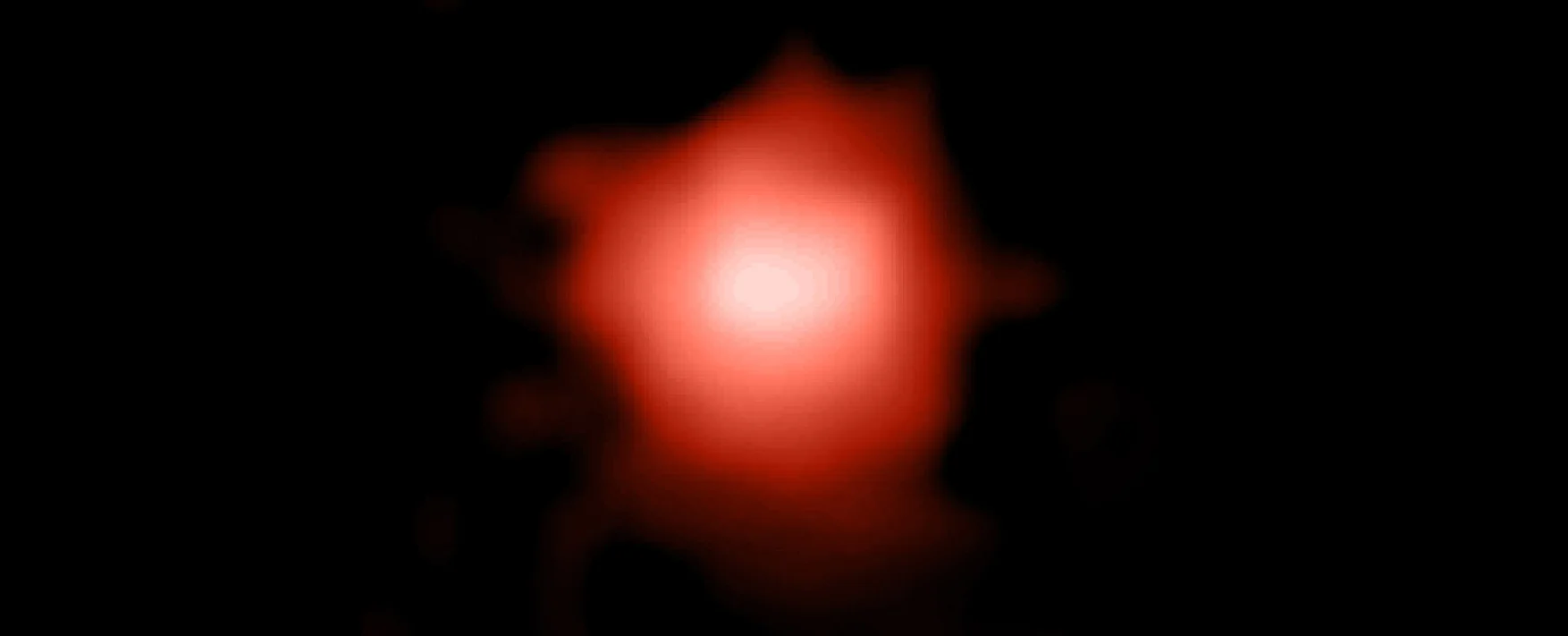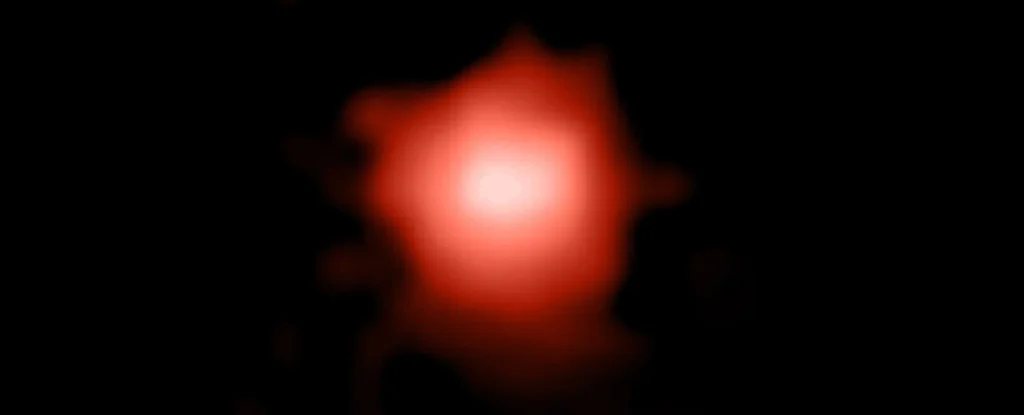JWST finds young galaxy with surprising amounts of metal
- November 22, 2023
- 0
Astrophysicists working with the James Webb Space Telescope (JWST) have discovered a surprising amount of metal in the galaxy just 350 million years after the Big Bang. How
Astrophysicists working with the James Webb Space Telescope (JWST) have discovered a surprising amount of metal in the galaxy just 350 million years after the Big Bang. How

Astrophysicists working with the James Webb Space Telescope (JWST) have discovered a surprising amount of metal in the galaxy just 350 million years after the Big Bang. How does this fit into our understanding of the universe?
The origin of the first metals in the universe is a fundamental question in astrophysics. Shortly after the Big Bang, the universe consisted almost entirely of the simplest element, hydrogen. There was some helium, even less lithium, and perhaps a very small amount of beryllium. If you look at the periodic table of elements, these are the first four. In astronomy, all elements heavier than hydrogen and helium are called metals.
Metals are produced in stars and nowhere else (except for a small amount produced by the Big Bang). Tracing the formation of metals in the universe from the Big Bang to the present is one of the fundamental tasks of astrophysics.

Metallicity is a fundamental concept in our study of the universe. Without metals, rocky planets cannot form. Life cannot do this either. Over successive generations of stars, the metallicity of the universe increased. So there is a fundamental path that starts from the first metals and reaches us directly.
Studying ancient galaxies is one of the main missions of the James Webb Space Telescope. The JWST Advanced Deep Extragalactic Survey (JADES) surveyed a region of the sky looking for faint early galaxies. JWST sheds light on ancient metallicity by looking this far back to the universe’s first galaxies.
Working with JADES observations, a team of researchers examined the galaxy just 350 million years after the Big Bang and discovered carbon. They may also have found oxygen and neon, all metals in astronomy.
The findings are included in a new paper titled JADES: Carbon enrichment in a gas-choked galaxy 350 Myr after the Big Bang. The lead author is Francesco D’Eugenio, a postdoctoral astrophysicist at the Kavli Institute for Cosmology in Cambridge.
The first stars formed in the universe are called Population III stars. These were the oldest stars; They were huge, shiny, hot, and contained almost no metal. The tiny amounts of metal they held came from the first supernova among them.
Most of our knowledge of Population III stars is theoretical because these ancient stars are extremely difficult to observe in their ancient galaxies. But JWST can do it. It can’t see individual stars, but its powerful NIRSpec (Near Infrared Spectrograph) instrument can detect different elements in the galaxy by their light signatures.
This new study is based on a galaxy at z=12.5 near the Cosmic Dawn, a critical period in the history of the universe. When researchers examined JWST observations, they discovered an unexpected amount of carbon in the galaxy. This is found either in the interstellar medium (ISM) or the circumgalactic medium (CGM).
“This is the farthest detection of a metal transition and the farthest redshift detection using emission lines,” they explain. This is also the “furthest evidence of chemical enrichment” found to date.
This finding directly contradicts our understanding of the metal-free population of III stars.
“The detection of C iii and its high EW (equivalent width) rule out scenarios of a pristine stellar population,” the authors write.
If Webb ruled out the existence of pristine stars with metal-free population III, this is big news. This is another example of a powerful space telescope disrupting our best explanations of the universe we see around us. Source
Source: Port Altele
As an experienced journalist and author, Mary has been reporting on the latest news and trends for over 5 years. With a passion for uncovering the stories behind the headlines, Mary has earned a reputation as a trusted voice in the world of journalism. Her writing style is insightful, engaging and thought-provoking, as she takes a deep dive into the most pressing issues of our time.